Welcome to the bright future of home lighting! LED lighting has taken the world by storm, becoming the go-to choice for homeowners everywhere.
Gone are the days of flickering incandescent bulbs and energy-guzzling fluorescents.

Today, LEDs (Light Emitting Diodes) offer a smarter, more efficient way to illuminate every corner of your home.
Whether you’re revamping your living space or just looking to upgrade a few fixtures, understanding the benefits of LED lighting is the first step toward creating a beautiful, energy-efficient home.
Room-by-Room LED Lighting Guide
Lighting plays a crucial role in setting the mood and functionality of each room in your home. Let’s explore room-specific LED lighting recommendations to help you create the perfect ambiance and meet your lighting needs.
Kitchen
A well-lit kitchen needs a mix of general, task, and ambient lighting to support cooking, dining, and everything in between. LED fixtures like recessed troffer lights offer broad illumination, while pendant mounts focus light over key areas like countertops.

Under-cabinet strips are perfect for task lighting, brightening up meal prep zones. For the ideal kitchen lighting, aim for a color temperature of 4000K-4500K and 3,000-4,000 lumens, with dimmable options for adjusting brightness based on activity.
Lighting Types
- Recessed Troffer Lights: General overhead illumination.
- Pendant Mounts: Focused lighting for countertops or dining.
- Under-Cabinet Strips: Task lighting for meal prep.
Bedroom
The bedroom is meant to be a sanctuary for rest and relaxation, and the right lighting can play a big role in enhancing that atmosphere.
For optimal sleep and tranquility, it’s best to choose warm LED lights with a color temperature of 2000K-3000K (Warm White) and a brightness range of 1,000-2,000 lumens.
These warm tones promote a peaceful environment, supporting your circadian rhythms and encouraging restful sleep.
Incorporating bedside lamps, recessed lighting, and accent lights will add layers of soft illumination, while avoiding cool-toned lights will prevent disruptions to your sleep cycle, helping you maintain a calming, serene space for relaxation.
Living Room
The living room is where comfort and relaxation meet, and the right lighting can make all the difference.
To create a cozy and inviting atmosphere, aim for warm to neutral white lighting with a color temperature of 2000K-4000K and 1,000-2,000 lumens.
This soft lighting is perfect for relaxation without being too harsh.

Using a combination of table lamps, floor lamps, and ambient fixtures helps create layers of light that can be adjusted to suit different moods.
Whether you’re watching a movie, reading, or entertaining guests, the ability to control the brightness ensures a comfortable environment for any activity.
Bathroom
In the bathroom, proper lighting is essential for daily tasks such as shaving, applying makeup, and grooming. The right lighting ensures clarity and accuracy, helping you achieve the best results in these activities.
To achieve this, opt for a color temperature of 3000K-4000K (Balanced Warm to Cool White), providing bright yet comfortable lighting. Aim for about 8,000 lumens overall, adjusting based on the size of your bathroom to ensure even coverage.
For the best lighting setup, combine wall sconces, overhead fixtures, and vanity lights. This mix provides the necessary task lighting while creating a well-lit, inviting space.
These lighting options will ensure you have the perfect balance of brightness for grooming while maintaining a clean and welcoming environment in your bathroom.
Home Office
A home office requires lighting that enhances focus and productivity. Proper lighting is essential for reducing eye strain and creating an environment that promotes concentration.
For the ideal setup, choose a color temperature of 4500K-5000K (Cool White), which provides bright, clear lighting that helps you stay alert.
The lumens should range from 300-700 lumens, depending on the size of your office space, to ensure sufficient brightness without being overwhelming.

To achieve optimal visibility, incorporate desk lamps, overhead lighting, and adjustable fixtures.
Cool-toned LEDs are perfect for maintaining energy and focus throughout the day, while dimmable options allow you to adjust the intensity of the light based on your work requirements, ensuring you always have the perfect lighting for any task.
Garage
Garages need lighting that ensures safety and visibility for various activities, including parking, DIY projects, and storage. Proper lighting is essential to prevent accidents and create a functional workspace.
For optimal brightness, aim for a minimum of 20 lumens per square foot to provide adequate illumination. Install ceiling-mounted LED fixtures to cover the overall space, and consider adding task lighting in areas where more focused light is needed.
This combination ensures clear visibility throughout the garage, allowing you to work efficiently and safely on projects. Consistent, bright lighting makes it easier to navigate and reduces the risk of accidents.
Security and Porch Lights
Let’s discuss about security and porch lights;
Security Lights
Security lights are essential for enhancing home safety by providing bright, effective illumination to deter intruders. It is recommended to use lights with a brightness level of 2,000 to 3,000 lumens for optimal coverage of dark areas around your property.
For added durability, heavy-duty floodlights with high brightness levels are ideal to ensure your home remains well-lit and secure.
Porch Lights
Porch lights serve a dual purpose of creating a welcoming entrance while also offering functional lighting for your front porch or back deck.
A brightness level of 600 to 1,000 lumens provides sufficient yet softer lighting, ensuring the area is well-lit without being too harsh. Additionally, LED porch lights are perfect for outdoor use as they do not attract bugs, adding to their practicality and appeal.
Initial Investment vs. Long-term Savings
Aspect | LED Bulbs | Incandescent Bulbs | CFL Bulbs |
Upfront Cost | $2 to $5 | $1 | $1.50 to $3 |
Energy Savings | Up to 80% less | Baseline | 70% less |
Lifespan | 25,000+ hours | 1,000 hours | 8,000 hours |
Replacements | Rare | Frequent | Moderate |
Environmental Impact | High efficiency | High energy use | Moderate efficiency |
How Do LED Lights Work?
The term LED stands for light-emitting diode, a revolutionary technology in lighting. In an LED bulb, electricity flows through a semiconductor diode, which emits light efficiently.
Unlike incandescent bulbs that use a glowing filament to produce light, LEDs rely on this diode process, making them far more energy-efficient.
Homes using LED lights can achieve the same level of illumination as incandescent bulbs while consuming significantly less energy.

LEDs boast a much longer lifespan compared to traditional bulbs. While incandescent filaments typically burn out, the diode in an LED light slowly dims over time, allowing LEDs to last up to 13 years with three hours of daily use. This longevity means fewer replacements and added convenience.
Future Trends in LED Lighting
LED technology is constantly evolving, bringing exciting innovations and improvements. Let’s explore some of the future trends that will shape the world of LED lighting.

Human-Centric Lighting
Human-centric lighting is an innovative concept designed to align with natural circadian rhythms, enhancing both well-being and productivity.
These lights adjust their color and intensity throughout the day, keeping you energized in the morning and helping you relax in the evening, creating a more comfortable and supportive environment.
Enhanced Smart Features
With advancements in smart home technology, LED bulbs are becoming increasingly integrated into modern systems.
Future LEDs will feature enhanced connectivity, allowing seamless interaction with a wide range of smart devices and home automation systems, making controlling your lighting easier and more efficient than ever.
OLED Integration
Organic LEDs (OLEDs) are transforming lighting design by offering thin, flexible, and decorative options. These cutting-edge solutions are ideal for modern homes, providing innovative and aesthetically pleasing lighting for unique and creative designs.
Conclusion
Choosing the best LED lights for your home involves understanding the essential metrics likecolor temperature, lumens and watts as well as selecting the right type of bulb for each room.

By following a room-by-room lighting guide, you can create a balanced and functional environment tailored to your lifestyle. Additionally, embracing advanced LED features and staying informed about future trends ensures that your home lighting remains modern and efficient.
Share your lighting needs or experiences in the comments—we’d love to help you find the perfect solution!
FAQs
Q. What Color Temperature is Best for Each Room?
Color temperature sets the mood of a room. Use warm tones (2700K-3000K) for cozy areas like bedrooms and cool tones (4000K-5000K) for bright, functional spaces like kitchens.
Q. How Many Lumens Do I Need for Each Room?
Lumens measure brightness. For living rooms, aim for 1,000-2,000 lumens, while kitchens and bathrooms may need 3,000-4,000 lumens to ensure clear visibility for tasks.
Q. Can I Use LED Bulbs with My Existing Dimmer Switches?
Yes, but make sure your LED bulbs are dimmable and compatible with your dimmer switches. This prevents issues like flickering and ensures smooth dimming.
Q. How Do Smart LED Bulbs Enhance My Home Lighting?
Smart LED bulbs offer remote control, scheduling, and color changes via smartphone or voice commands. They provide convenience and customization for your lighting needs.
Q. Are LED Lights Worth the Higher Upfront Cost?
Absolutely! LEDs save money over time with lower energy usage and longer lifespans. The initial investment is quickly offset by energy savings and fewer replacements.


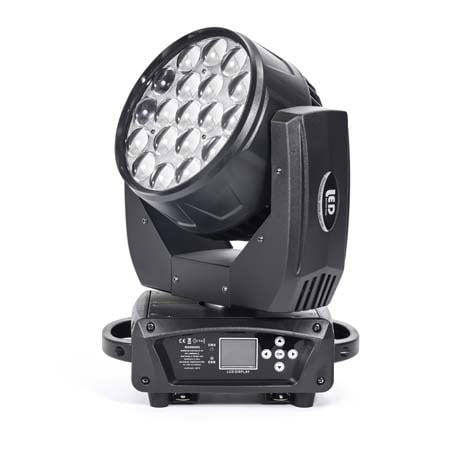





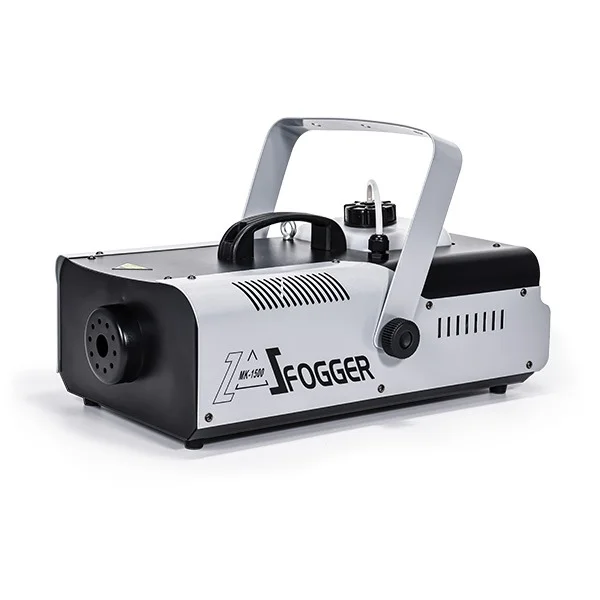
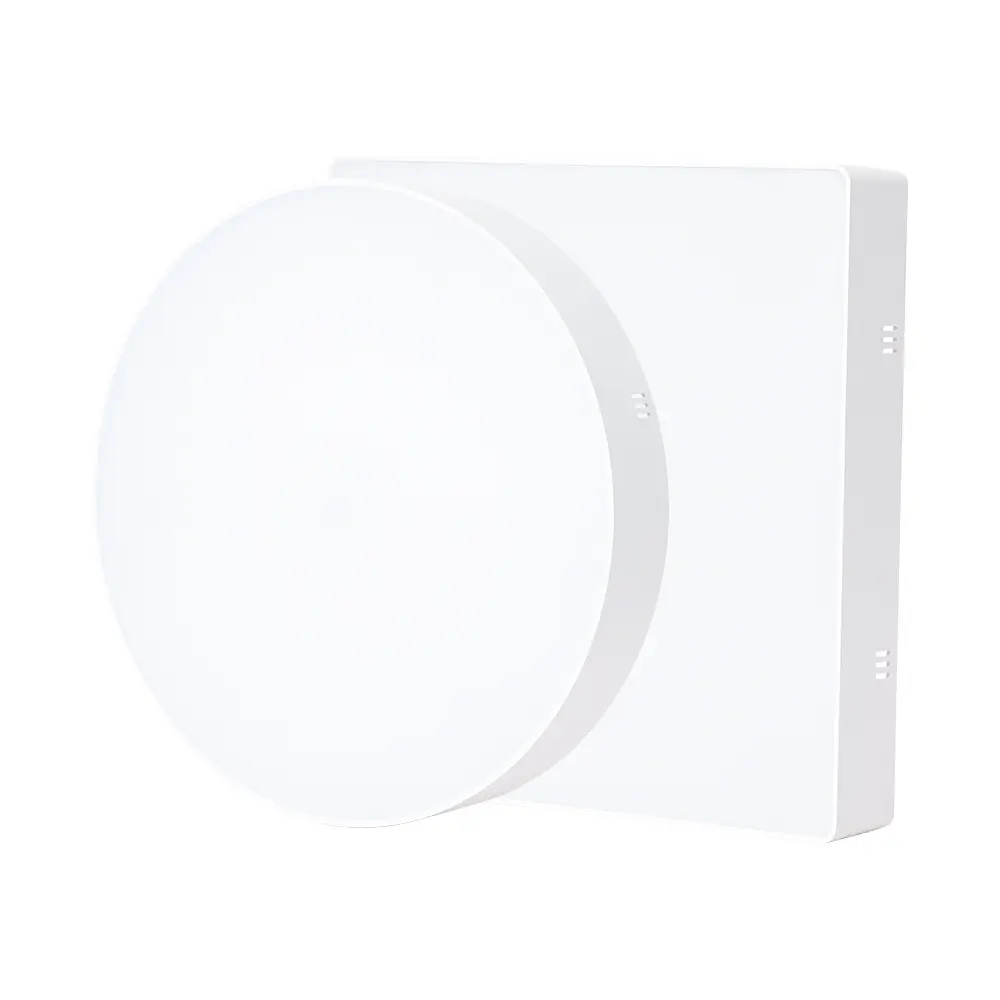

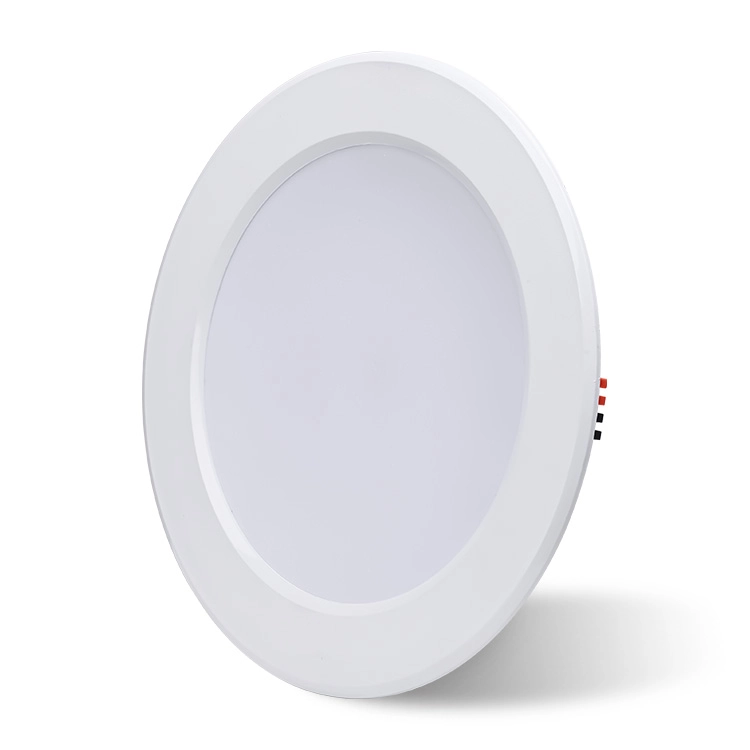
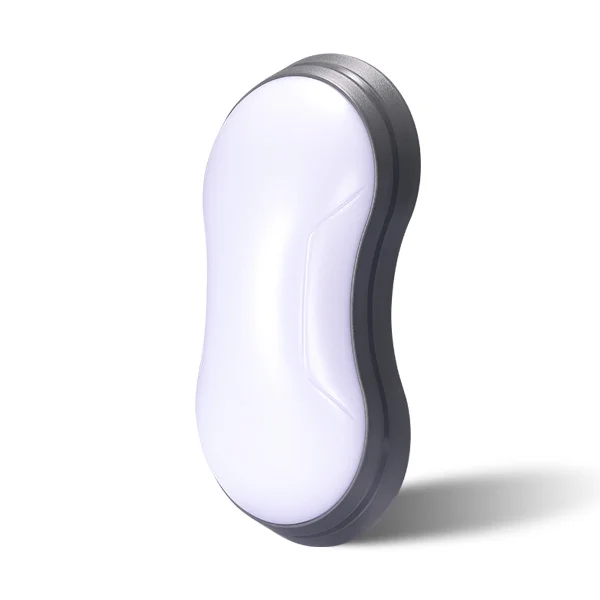

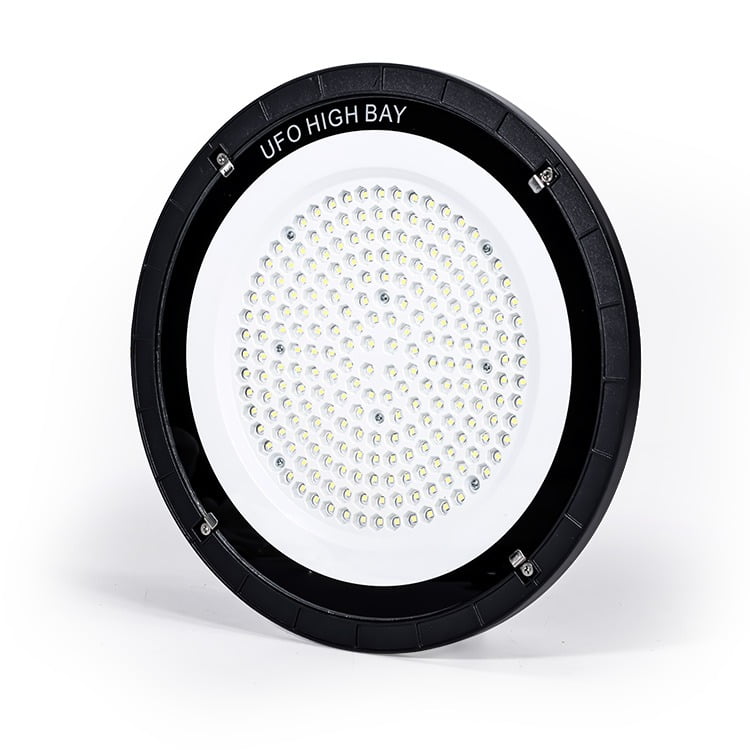
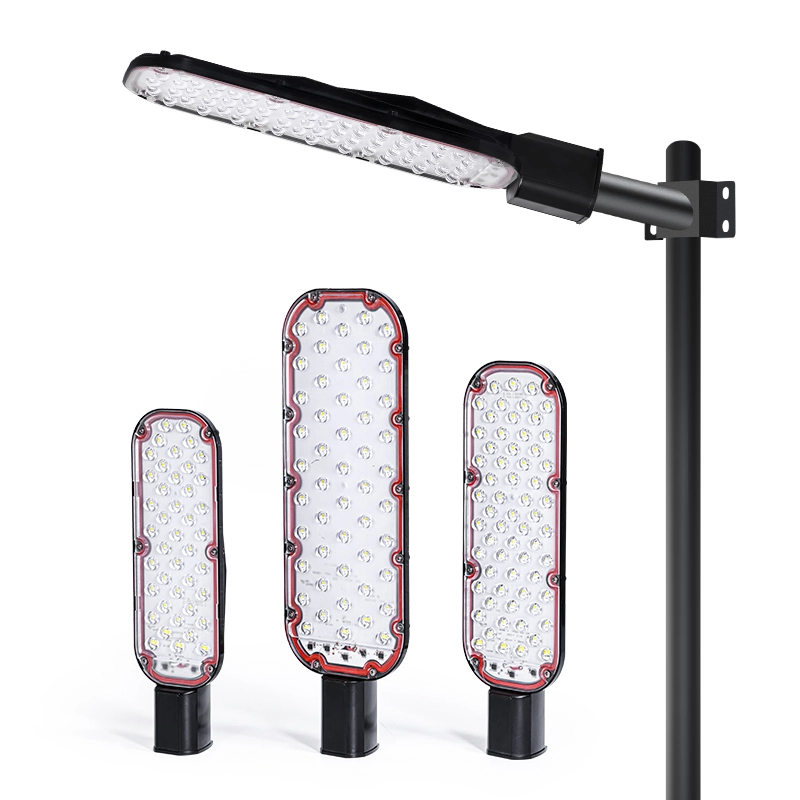

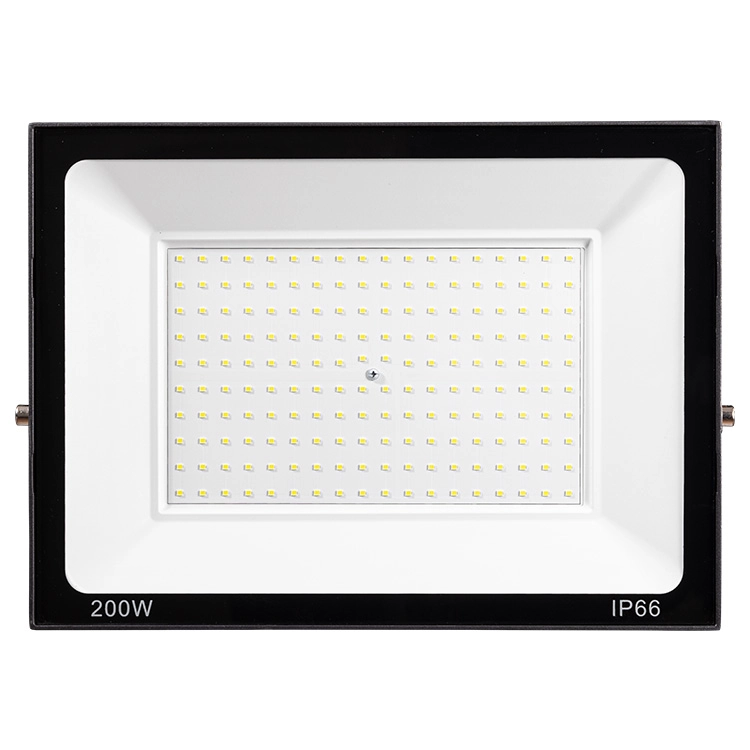
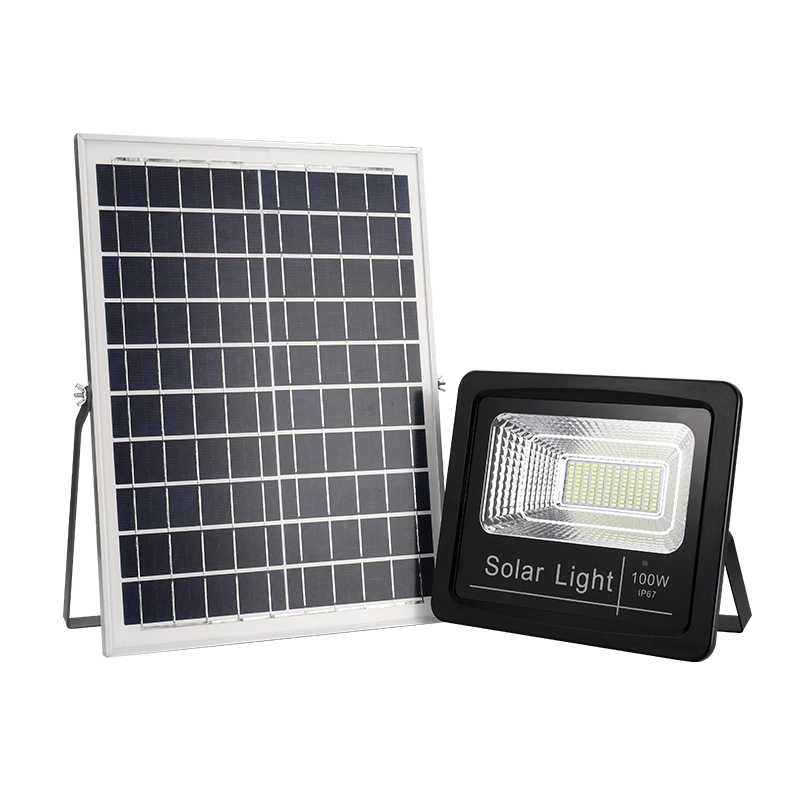
![led design ideas - 17 LED Design Ideas to Transform Your Home [February 2025] - Vorlane led design ideas - 17 LED Design Ideas to Transform Your Home [February 2025] - Vorlane](https://vorlane.com/wp-content/uploads/2025/01/led-design-ideas.webp)
![outdoor lighting ideas - 20 Brilliant Outdoor Lighting Ideas: Transform Yard [2025] - Vorlane outdoor lighting ideas - 20 Brilliant Outdoor Lighting Ideas: Transform Yard [2025] - Vorlane](https://vorlane.com/wp-content/uploads/2025/02/outdoor-lighting-ideas.jpg)
![disadvantages of led lights - Disadvantages of LED Lighting: Reveal Cost, Real Risk [2025] - Vorlane disadvantages of led lights - Disadvantages of LED Lighting: Reveal Cost, Real Risk [2025] - Vorlane](https://vorlane.com/wp-content/uploads/2025/01/disadvantages-of-led-lights.webp)
![Best LED Lights for Home - Best LED Lights for Home: Top Choices [2025] - Vorlane Best LED Lights for Home - Best LED Lights for Home: Top Choices [2025] - Vorlane](https://vorlane.com/wp-content/uploads/2025/01/Best-LED-Lights-for-Home.webp)
![beam angle calculator - Beam Angle Calculator – Simplify Lighting Calculations [2025] - Vorlane beam angle calculator - Beam Angle Calculator – Simplify Lighting Calculations [2025] - Vorlane](https://vorlane.com/wp-content/uploads/2025/01/beam-angle-calculator.webp)
![COB Light vs Panel Light - COB Light vs Panel Light: Understanding the Differences [2025 ] - Vorlane COB Light vs Panel Light - COB Light vs Panel Light: Understanding the Differences [2025 ] - Vorlane](https://vorlane.com/wp-content/uploads/2025/01/COB-Light-vs-Panel-Light.jpg)

![vorlane logo 2:1 for consent banner - Best LED Lights for Home: Top Choices [2025] - Vorlane vorlane logo 2:1 for consent banner - Best LED Lights for Home: Top Choices [2025] - Vorlane](https://vorlane.com/wp-content/uploads/2024/05/vorlane-logo-2_1-350x100.webp)